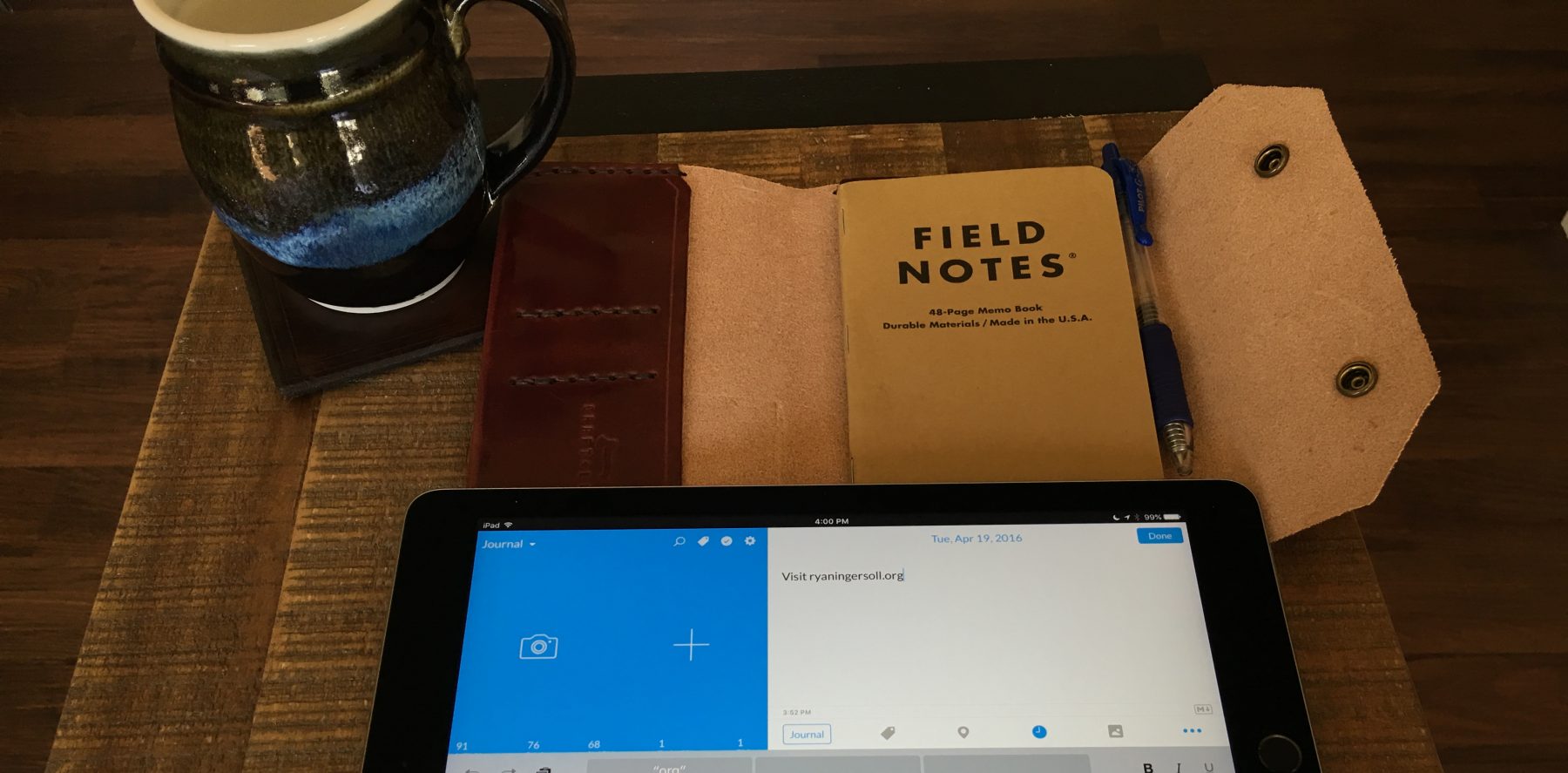1D
“Implement strategies for initiating and sustaining technology innovations and manage the change process in schools and classrooms.”
1D Summary
Process Oriented Guided Learning (POGIL)

- Creating a holistic approach for strategic change begins with university professors in the classroom environment. While technology innovation can happen outside such a setting, its long term sustainability occurs when embedded in the teaching and learning culture.
- In other words, the first step is based around communities of practice. The second step is integration and adaptation for the classroom. To that end, one example explored is POGIL.
- Professors and educational technology leaders work together to implement Process Oriented Guided Inquiry Learning (POGIL) structure to the classroom environment.
- POGIL is based on seven core components including: communication, management, teamwork, critical thinking, problem solving, information processing, and evaluation & assessment.
- POGIL provides structure for collaborative group work.
- While I wasn’t able to implement POGIL, its framework may be a helpful way to approach developing our future communities of practice with faculty members. For the last two years, I co-led four communities with 34 faculty members. Integrating POGIL in our next community may include supporting and assigning each faculty member a specific role and ownership over an area of study in our community. Using POGIL in this context may increase learning and encourage participation among the faculty members over the year.
Safe Space

- Another key to sustaining technology integration and change the university is providing space for professors to learn from each other, share their struggles, failures, and more in a safe space with mutual respect and confidence of faculty peers.
- While confidentiality is key, there may need to be adequate exceptions to not stifle appropriate assessment and evaluation of specific teaching and learning with technology programs.
- Academic professionals need a safe environment to be vulnerable amongst their peers in an effort to learn better and build collegiality.
- Building an environment of trust: a safe authentic space for faculty and educational technologists to work together with expectations of honesty and trust.
- Balancing and creating an expectation for specific confidentiality is important in order to not neglect evaluation
“[C]onfidentiality is central to a successful relationship among peers in a peer coaching program.”
“[P]eer coaches used confidentially as a key communication and collaboration attribute with specific attention paid to how to integrate it well to protect the peer teacher, but also provide appropriate information to others when needed.”
1D Evidence
POGIL: Rethinking Course Design with POGIL
Safe Space: Peer Coaching in Review
